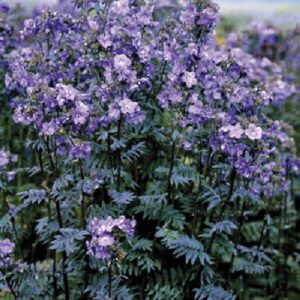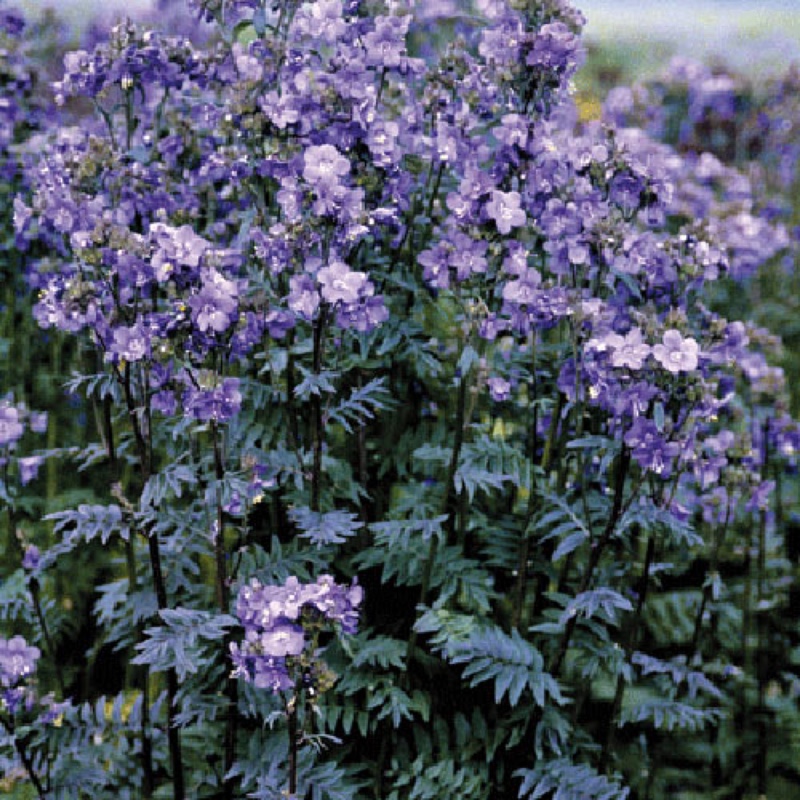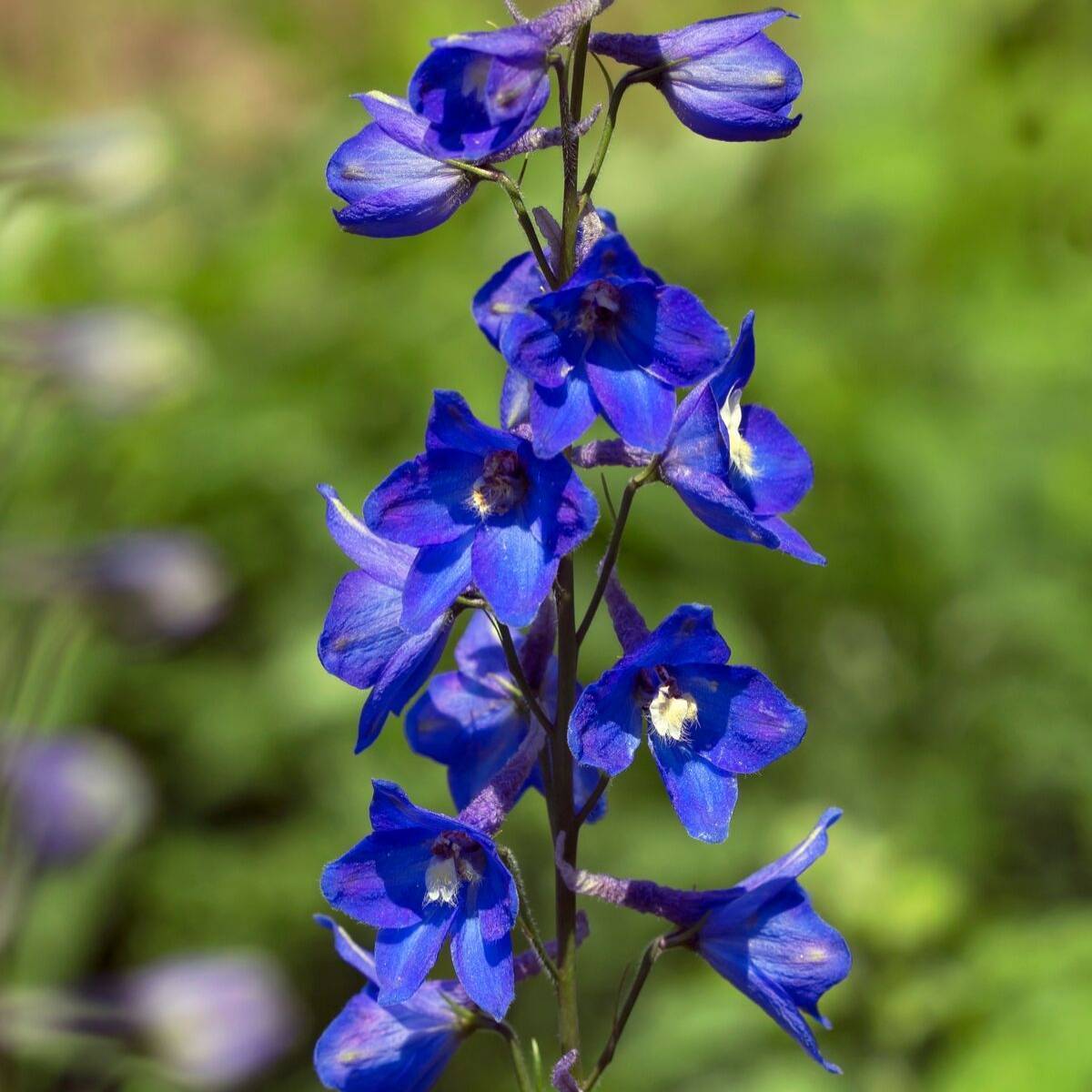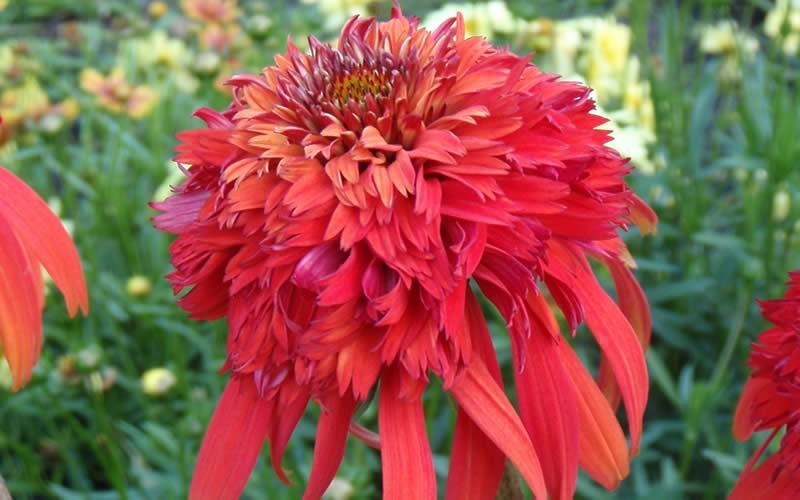Description
 Polemonium ‘Bressingham Purple’
Polemonium ‘Bressingham Purple’
‘Bressingham Purple’ Jacob’s Ladder
‘Bressingham Purple’ is a compact Jacob’s ladder cultivar that, as the cultivar name suggests, features purplish tinted leaves and cobalt-blue flowers. Odd-pinnate compound leaves (to 27 leaflets each) form a foliage mound to 8” tall. Leaves appear ladder-like, hence the common name. Leaves show purplish hues in cooler weather (spring and fall). Cup-shaped, cobalt blue flowers appear in loose, terminal clusters (cymes) atop burgundy stems in spring (April-May in the St. Louis area). Flowers may rise to 15” tall. Flowers are fragrant.
Zone: 3 to 8
Height: 0.75 to 1.50 feet
Spread: 0.75 to 1.50 feet
Bloom Time: April to May
Bloom Description: Cobalt blue
Sun: Part shade to full shade
Water: Medium
Maintenance: Medium
Flower: Showy
Leaf: Colorful
Tolerate: Deer, Heavy Shade




Reviews
There are no reviews yet.